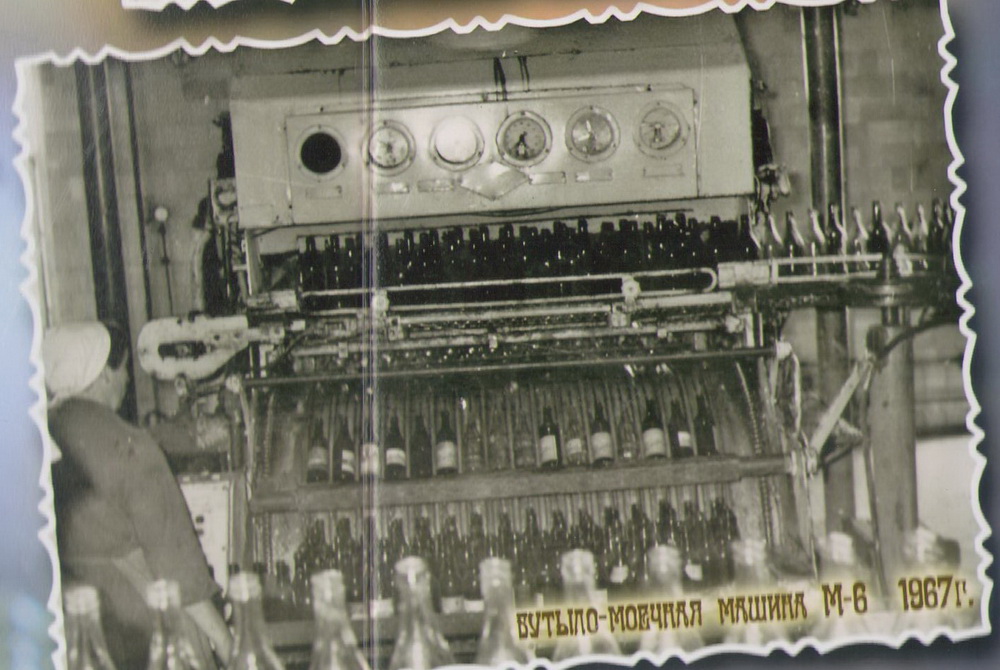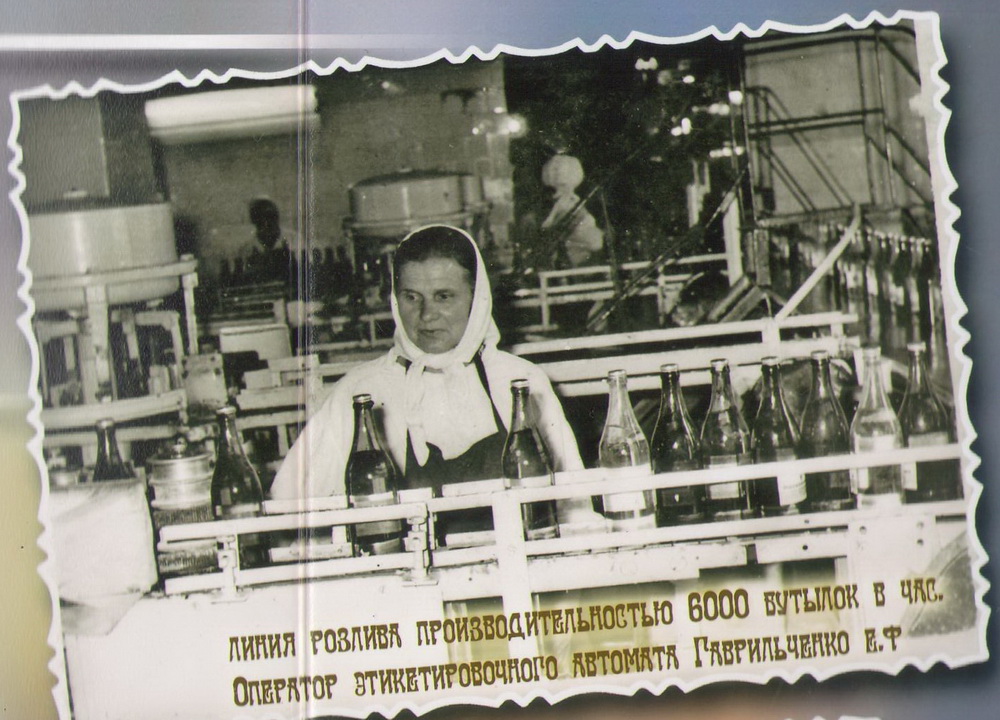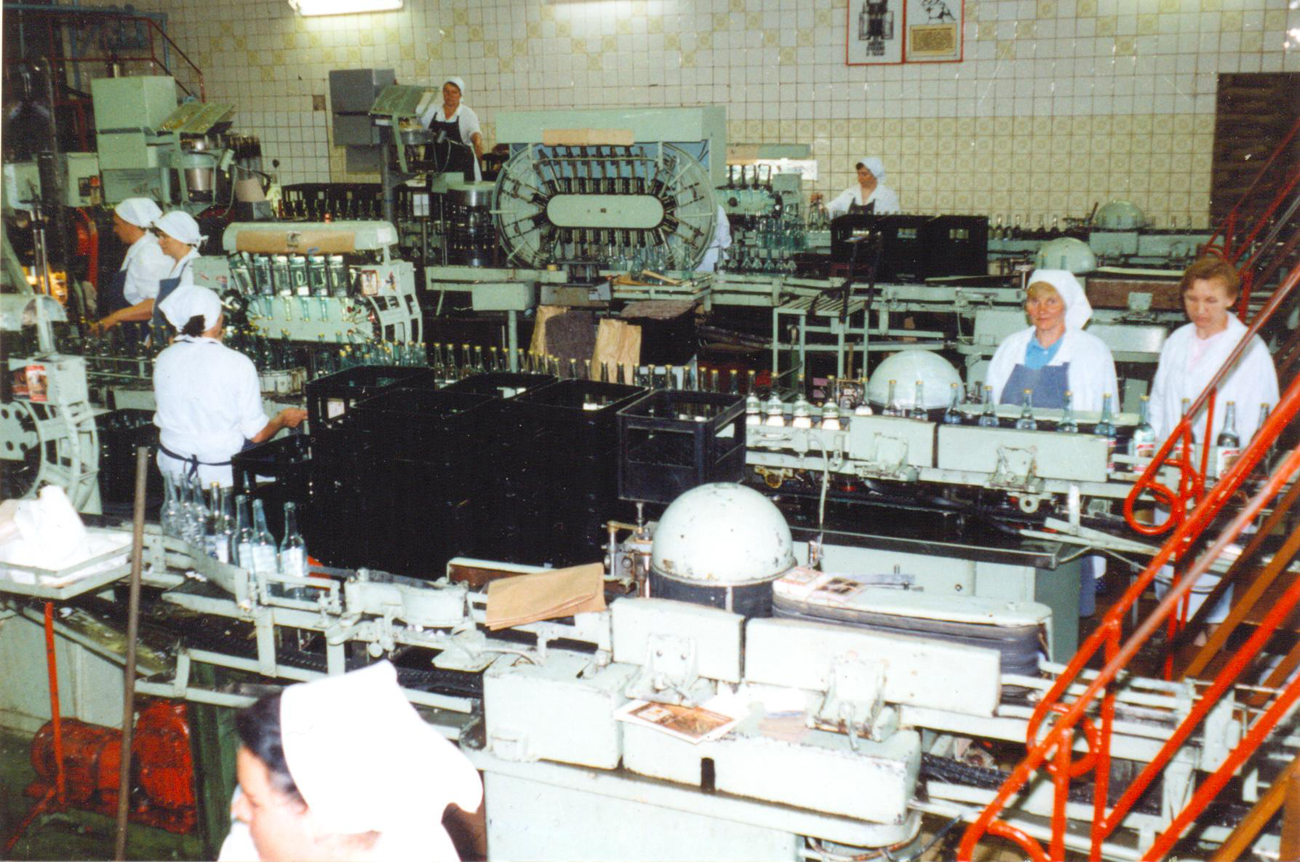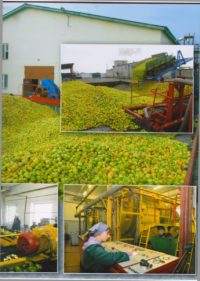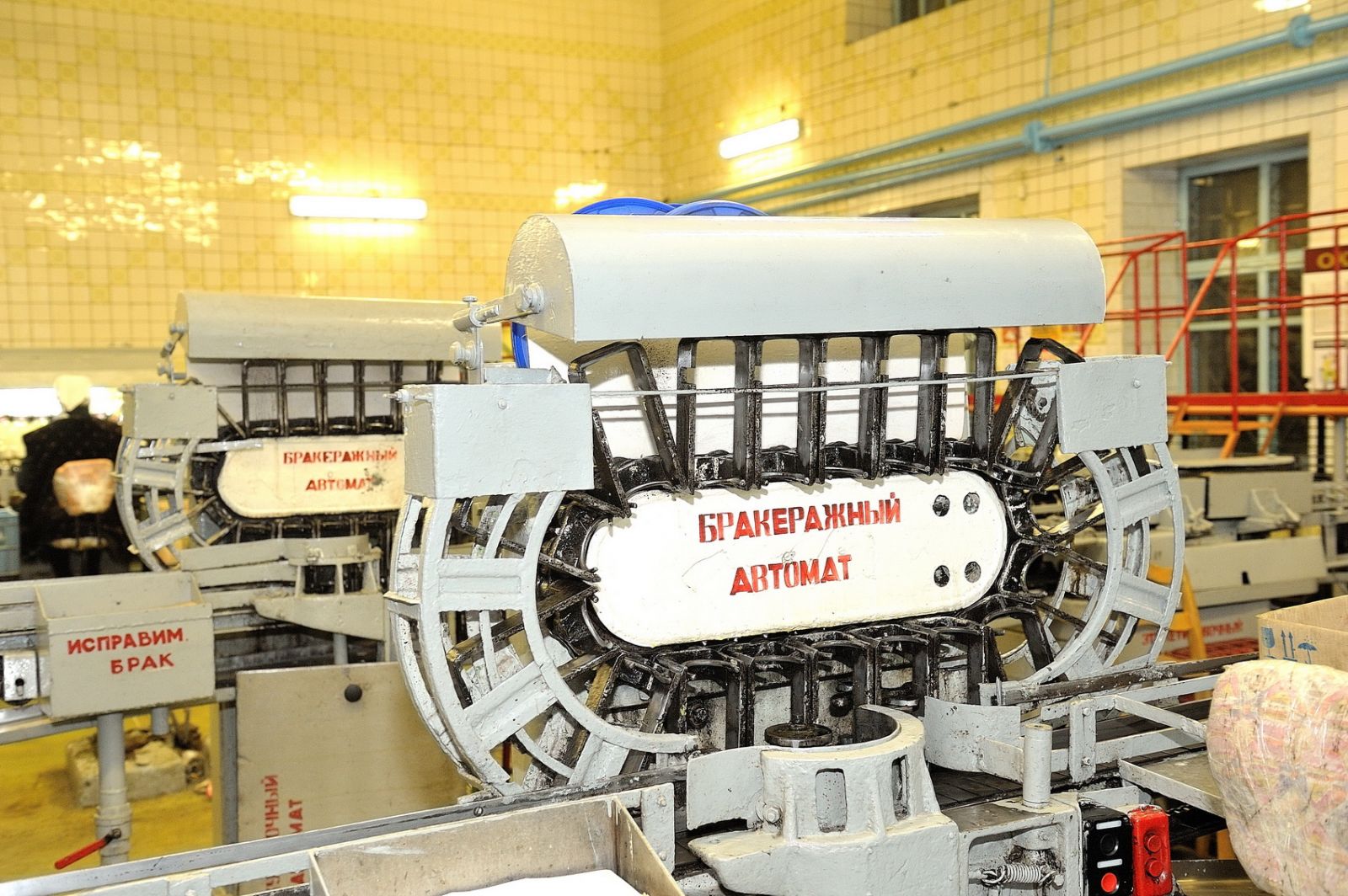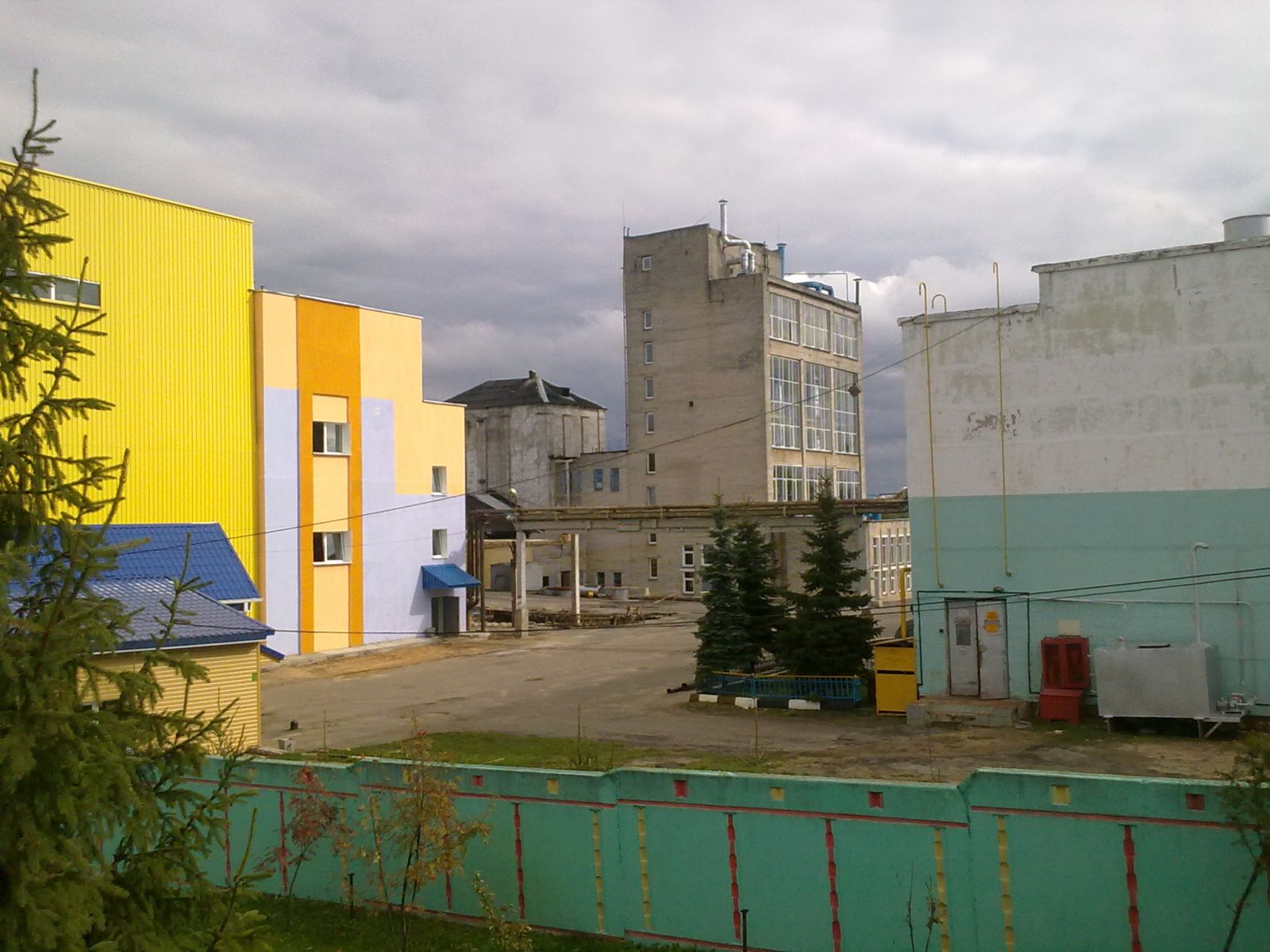HISTORY
1858
The plant is located on the picturesque bank of the Lobzhanka River, a tributary of the Sozh, on the territory of the former rectification plant, founded in 1858 by the landowner Karl Karlovich Kaminsky.
The rectification received raw alcohol produced by the raw factories of the Klimovichi district, which also belonged to the landowner Kaminsky. Raw alcohol was delivered by horse-drawn transport in barrels, its measurement was carried out in buckets.
The produced rectified alcohol was sent to the city of Cherikov, where vodka production was carried out at that time.
The rectification received raw alcohol produced by the raw factories of the Klimovichi district, which also belonged to the landowner Kaminsky. Raw alcohol was delivered by horse-drawn transport in barrels, its measurement was carried out in buckets.
The produced rectified alcohol was sent to the city of Cherikov, where vodka production was carried out at that time.
1917
In 1917, the company was nationalized. At the beginning, the company was primitive, but over time, further development of production began.
1934
In 1934, a fruit factory was organized on the territory of the LVZ, where fruit and berry wine, jam, applesauce, jam were produced. Storage containers — wooden vats, barrels.
1935
By 1935, the production of vodkas was established, the bottling of which was carried out manually in dishes with a capacity of Zl.,1L., 0.5 l and 0.1 l
1937
Since 1939, the range of vodkas has been expanding. The production of vodka “Special Moscow”has been mastered and adjusted. The number of people working on one conveyor for filling and processing products was 12 people.
The source of electricity was a steam engine, transmissions were widely used. The plant was supplied with steam from its own boiler house, where one Shukhov-Berlin boiler was installed, and with water from the Lobzhanka River and the artskvazhina. Steam pumps were used for pumping products and supplying water.
There was a shop in the city that was engaged in the sale of vodka and was directly subordinate to the plant. Until 1939, the plant was subordinate to Tsentro-Alcohol.
During the Great Patriotic War, the plant was destroyed. During the retreat, the Germans took the rectification apparatus to Germany, everything else was blown up.
The source of electricity was a steam engine, transmissions were widely used. The plant was supplied with steam from its own boiler house, where one Shukhov-Berlin boiler was installed, and with water from the Lobzhanka River and the artskvazhina. Steam pumps were used for pumping products and supplying water.
There was a shop in the city that was engaged in the sale of vodka and was directly subordinate to the plant. Until 1939, the plant was subordinate to Tsentro-Alcohol.
During the Great Patriotic War, the plant was destroyed. During the retreat, the Germans took the rectification apparatus to Germany, everything else was blown up.
1939
In 1937, the first conveyor was installed, but all operations were still performed manually. Two conveyors provided the output of about 5 thousand decaliters per year.
In 1937, the first conveyor was installed, where all operations were carried out manually. Two conveyors provide production of about 5 thousand decaliters per month.
In 1937, the first conveyor was installed, where all operations were carried out manually. Two conveyors provide production of about 5 thousand decaliters per month.
1944
The reconstruction period began in 1944, after the liberation of the city from the Nazi invaders. Vodka at that time was made from raw alcohol and sold in barrels. The restoration of the plant lasted until 1950. During this period of time, the boiler house and the rectification shop were restored.
1947
In 1947, a new boiler house with two boilers was built at the plant. The fuel was peat, the development of which was carried out by the plant itself.
1948
Since 1948, the production of vodka in bottles has begun.
1950
In 1950, the work was fully started: the shops of rectification and bottling of vodka, the liquor section, the dishes department.
1953
In 1953 and subsequent years, the plant’s staff did considerable work on the development and introduction of new equipment and advanced technology, on the mechanization and automation of production processes, technical improvement of production, to improve working conditions and everyday life of workers.
Since 1953, the plant has introduced automatic bottling lines for wine and vodka products with a capacity of 3 thousand bottles per hour.
By 1953, the range of products was expanded (vodka 40%, 56% and 50%, vodka “Special Moscow”, liqueurs, sweet tinctures).
Since 1953, the plant has introduced automatic bottling lines for wine and vodka products with a capacity of 3 thousand bottles per hour.
By 1953, the range of products was expanded (vodka 40%, 56% and 50%, vodka “Special Moscow”, liqueurs, sweet tinctures).
1955
In 1955, the first bottle washing machine was installed.
1958
By 1958, there were 4 automatic filling lines in the bottling shop (0.25 liters – 1 line and 0.5 liters-3 lines). In the same year, the periodically operating distillation apparatus was replaced by a continuously operating one with a capacity of 750 decaliters per day with simultaneous separation of fusel oil and EAF.
1959
In 1959, a new bottle washing machine with a capacity of 6000 btu/hour was installed, and in 1967, a vodka bottling line was installed with the same capacity. 40% vodka was excluded from the assortment, and high — quality vodkas were added – “Special Moscow”, “Stolichnaya”, “Kristall”. The production of products “Belovezhskaya Pravda”, vodka “Russian” has been mastered.
1966
In 1966, an additional artesian well was built. The total water consumption was 60 m3 per year.
1967
In 1967, the number of workers was 274 people, ITR-24 people, employees-14 people.
1976
One of the first in the region in 1976, the plant was awarded the title of an enterprise of high culture, which was confirmed annually.
1992
In 1992, a workshop was built and a mold was installed for the production of boxes made of low-pressure polyethylene.
1994
In 1994, an automatic line with a capacity of 6 thousand bottles per hour with a screw closure, manufactured by the German company Nagema, was put into operation.
1997
In 1997, automatic workshops were put into operation.
1999
In 1999, the plant’s boiler room was switched from liquid fuel to natural gas.
2001
In 2001, in order to increase the competitiveness of its products, the plant purchased and installed an automatic filling line of the company “MAG” (Italy), which allows using dishes of various capacities (from 0.25 to 1L), as well as using a crown seal for capping products. This line allows you to produce products with a two-position label, which allows you to improve the appearance of products. A line for bottling quiet and sparkling wines has also been installed.
2002
In 2002, technological equipment for processing fruit and berry raw materials was installed. This includes three Bucher presses with a capacity of 5 tons of apples per hour each, as well as a vacuum evaporation unit with the help of which concentrated juice is produced, which is used in its own production and for sale outside the Republic of Belarus.
2007
In order to improve the appearance of the products, an automatic machine for labeling and labeling of excise stamps for the bottling line of alcoholic beverages was purchased in 2007.
2008
Major repairs of its own well have been carried out. A separate route was carried out from the well to the bottling site of wine products. Outdated water treatment equipment was replaced at the filling site, installed: a softening unit, a de-ironing filter, a water treatment system.
2010
January-improvement of the water treatment process (replacement of pre-treatment filters with a new modern de-ironing and clarification unit).
June – a new brewhouse was put into operation at the Kostiukovichi Distillery OSP.
September-the silver filtration unit was installed and put into operation.
December-modernization of the alcohol storage (dismantling of outdated containers); an Italian-made brakirazhny automatic machine with a capacity of 3.7 bottles per hour was installed.
June – a new brewhouse was put into operation at the Kostiukovichi Distillery OSP.
September-the silver filtration unit was installed and put into operation.
December-modernization of the alcohol storage (dismantling of outdated containers); an Italian-made brakirazhny automatic machine with a capacity of 3.7 bottles per hour was installed.
2014
In 2014, two laser markers were purchased and installed on the filling lines, capable of marking finished products both on the cap and label, and on the glass bottle, which leads to additional protection against counterfeiting of finished products.
2015
In January 2015, the Nagema filling line was reconstructed with an effective capacity of 6000 bottles per hour, with the installation of a new rotary labeling machine model 720-H12-SA2-CG1 and a rinsing machine from Axtra Italy. This reconstruction allowed us to launch the production of new types of products with the design of bottles with self-adhesive labels on a paper and polyethylene basis. The installation of a new rinsing machine instead of a bottle washing machine has led to a significant reduction in energy resources, since the rinsing of a new bottle takes place with raw materials. A similar rinsing machine was installed on the Sigma filling line with an effective capacity of 3,000 bottles per hour, which also led to a reduction in energy resources.


